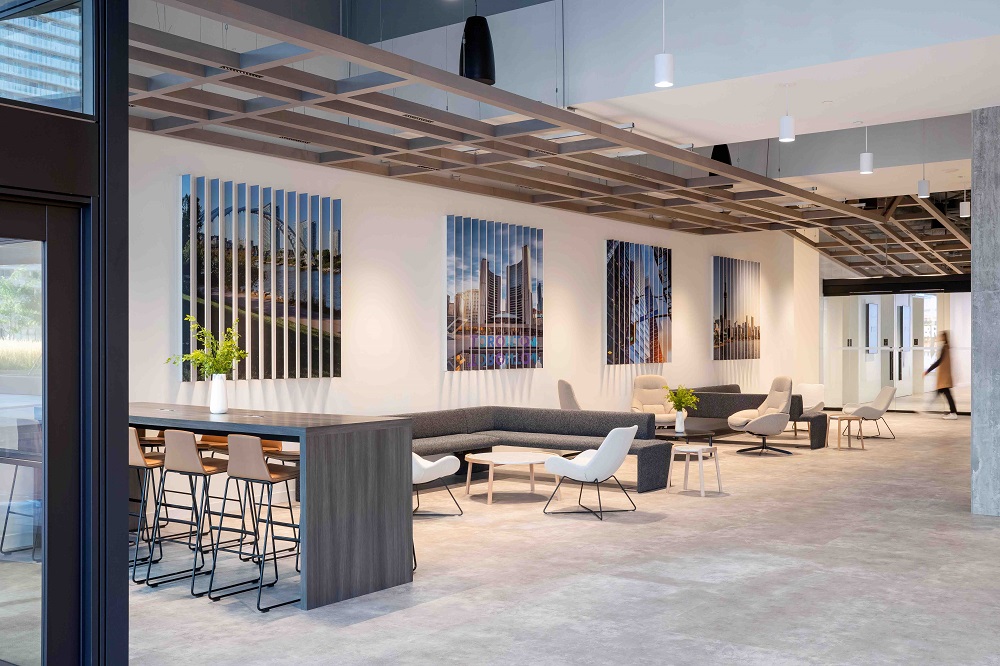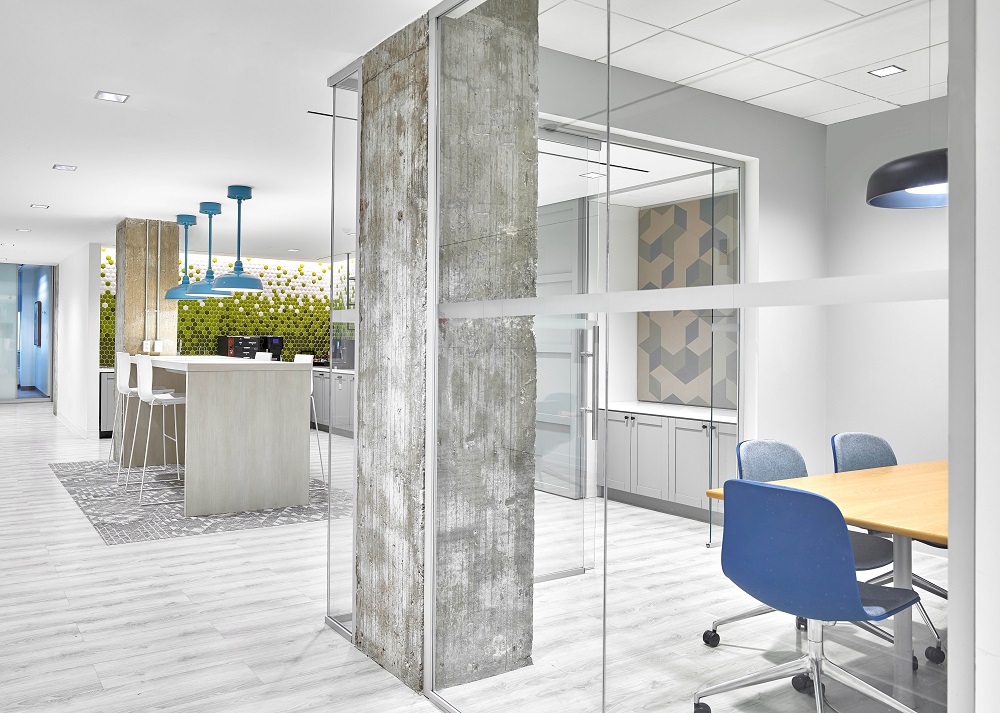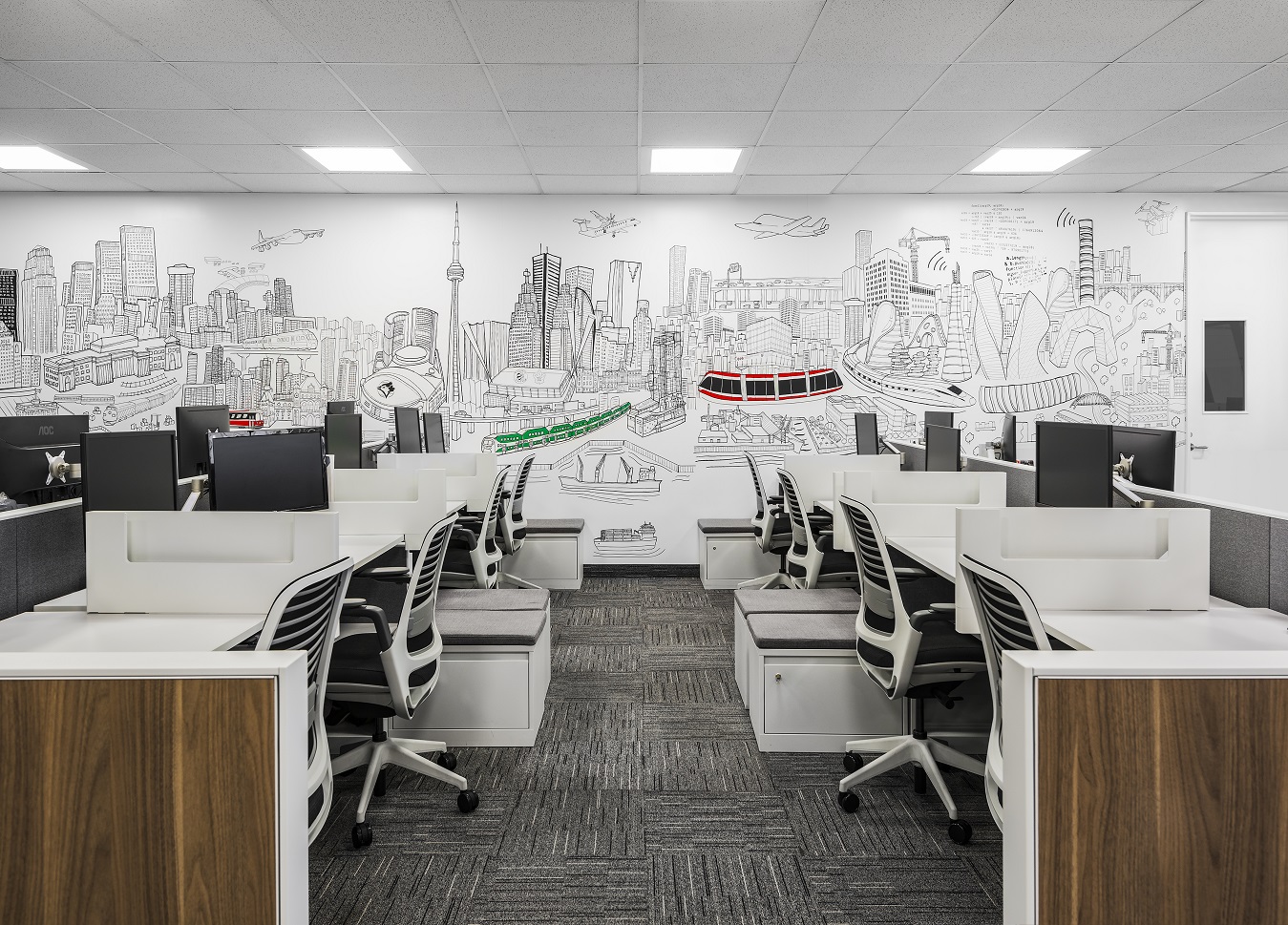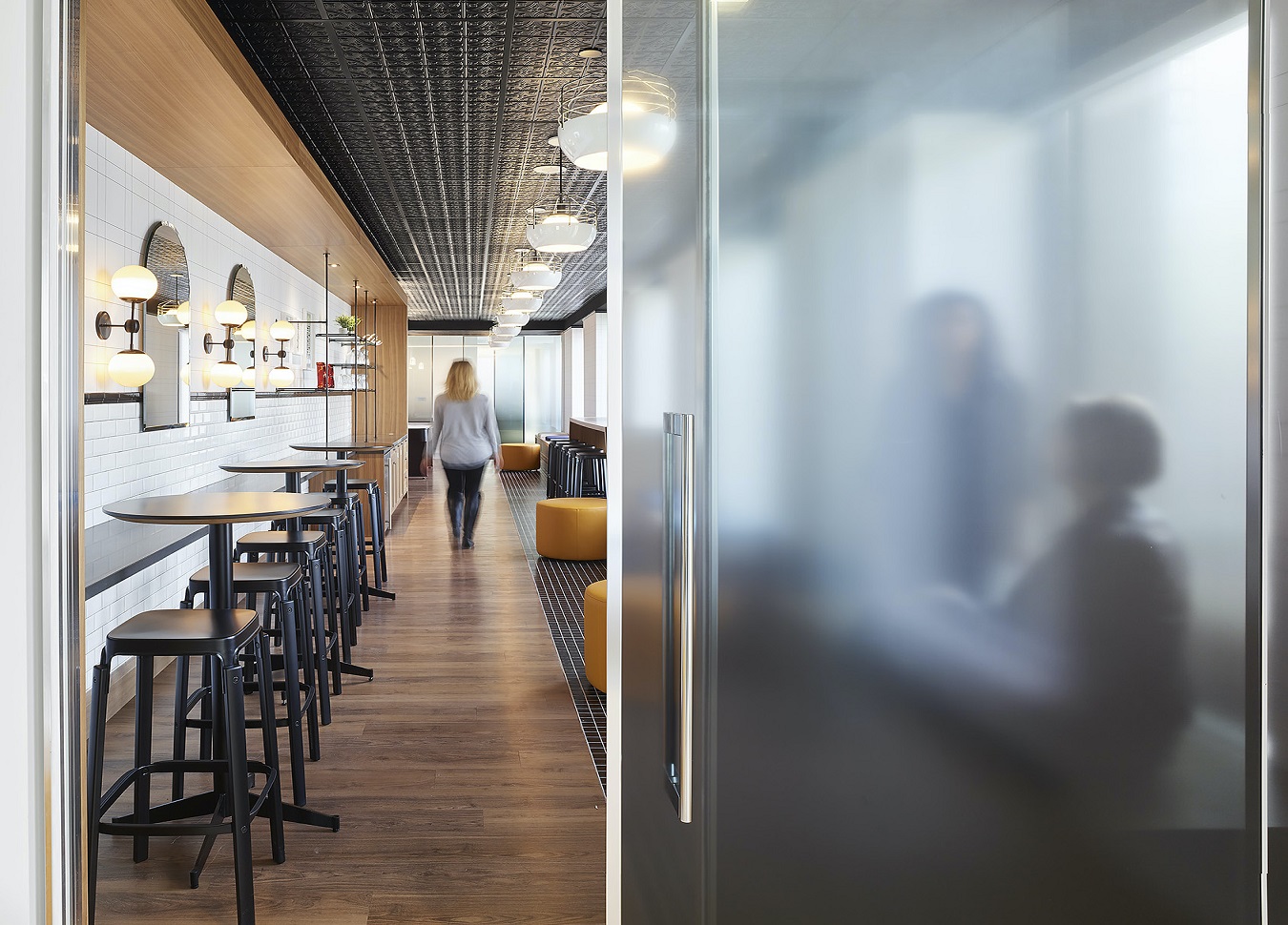
Workplaces Worth Going To Toronto, Vancouver, Halifax
The workplace landscape continues to evolve and emerging concepts like “employee experiences” and “destination offices” are reflective of a keen desire to get people physically together, to be able to collaborate, share, mentor and connect with one another face to face. There is value and an innate understanding that people working together in a shared space are more likely to build relationships that foster innovative collaboration.
How this translates into physical space is highly interpretive and with the cost of construction, technology infrastructure and the importance of climate initiatives, getting it right is critical. SGH continues to rely on our strategic research processes to ensure we gain a deep understanding of workplace culture and goals to lay the groundwork for implementing these evolving concepts.
The office should support four main human needs: focus, collaboration, connection, and community. First, the tone of these spaces should be established. Will the space be formal? Casual? Will it have a purpose for being a head’s down, driven space or one that offers more flexibility? These are all questions that will help to determine the driving factors of how to design a workplace that is worth going to.
At SGH it is our role as specialists in design is to deeply understand how recent changes have impacted our approach to designing office spaces. Reflecting on 2.5 years of pandemic learnings, we have heard that working from home or a “third place” is a desirable option.
Through our research and interviews with teams during lockdown periods, we heard loud and clear that many people prefer working from their own personal space. Many have been, and continue to work 50% or more on focused, heads down activities that generally require smaller interactions with one to two colleagues. On the other hand, many people felt isolated at home and have returned to their office space. These people claimed they missed working with colleagues, the social interactions, some did not have a proper working space at home, they were experiencing digital fatigue and found face to face allows for much faster spontaneous interactive meetings.
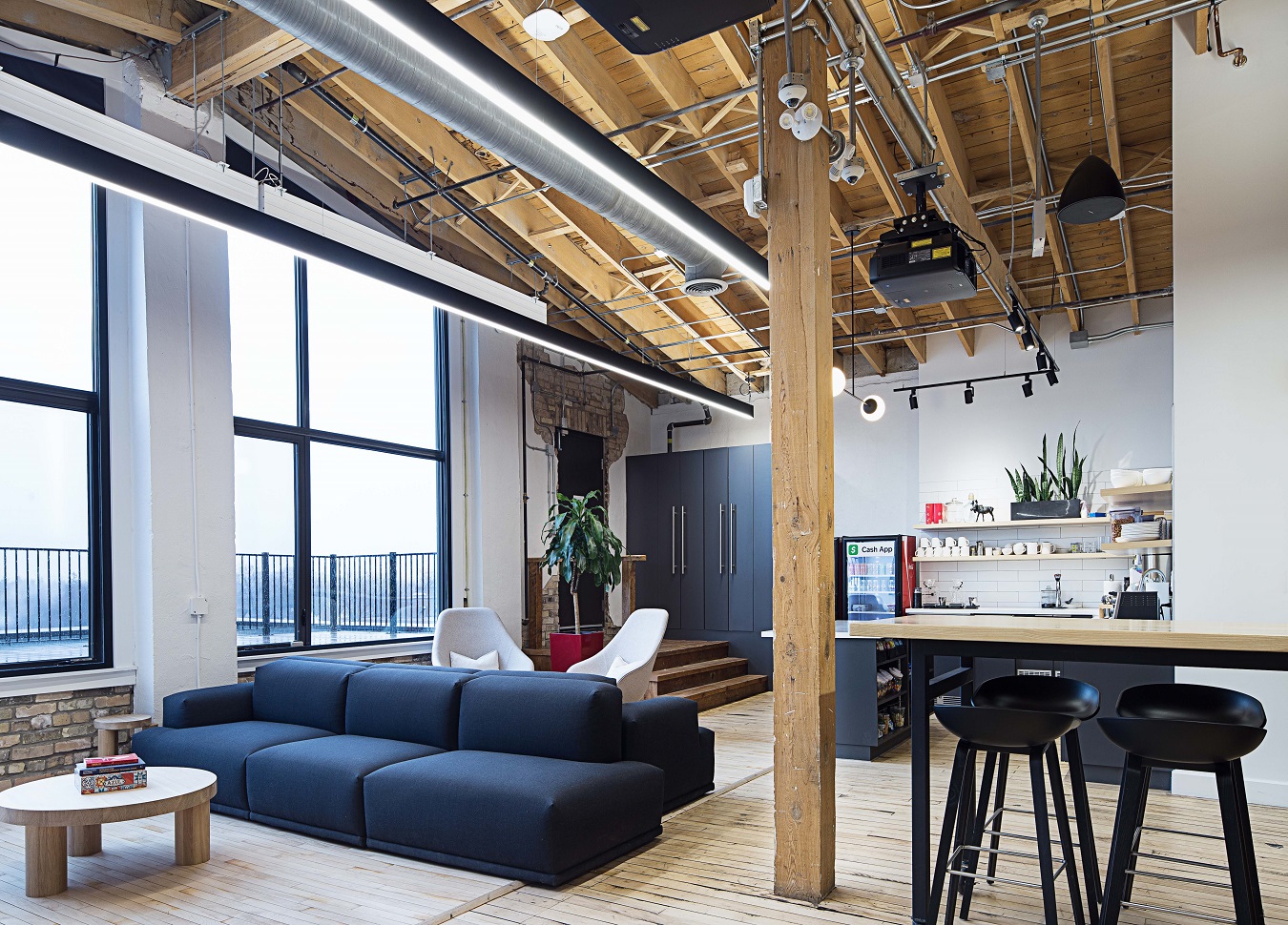
Prior to March 2020, approximately 87% of employees came into an office 5 days a week between the hours of 9 am to 5 pm with an assigned seat. Since that time up to 50% of companies are now ready to shift to a more flexible workspace but to varying degrees. SGH has created a work style spectrum that strategically gauges where companies are comfortable shifting towards. On one end is 100% assigned seating, and on the other end 100% agile, with no assigned seating and flexible work settings. Within this spectrum are the opportunities to provide ideal collaboration and focus areas that support people in productive work activities.
As flexibility and working in alternative locations continue to be a trend in the workplace, we have looked to other disciplines to draw inspiration from, like hospitality. Offices that provide welcoming visitor spaces adjacent to meeting areas and a collaboration cafe allow them to see others, connect easily and navigate comfortably through the space. This same energy can translate to full-time employees who will only work from this one location. What kind of shared spaces are you able to provide to bring something to each person’s day? The competition to get people to the office continues to rise as co-working offices evolve, off-site travel locations increase, and organizations vie for the best talent.
What we know through decades of research, is that human beings thrive on social connections and are happiest when they belong to a community. Running alongside this is an acknowledgment that we are diverse and that what may create a community for one person may not meet the needs of another. Remote work has given many people an opportunity to create their own spaces, carve out new rituals, and tailor their environment to allow them to be most productive.
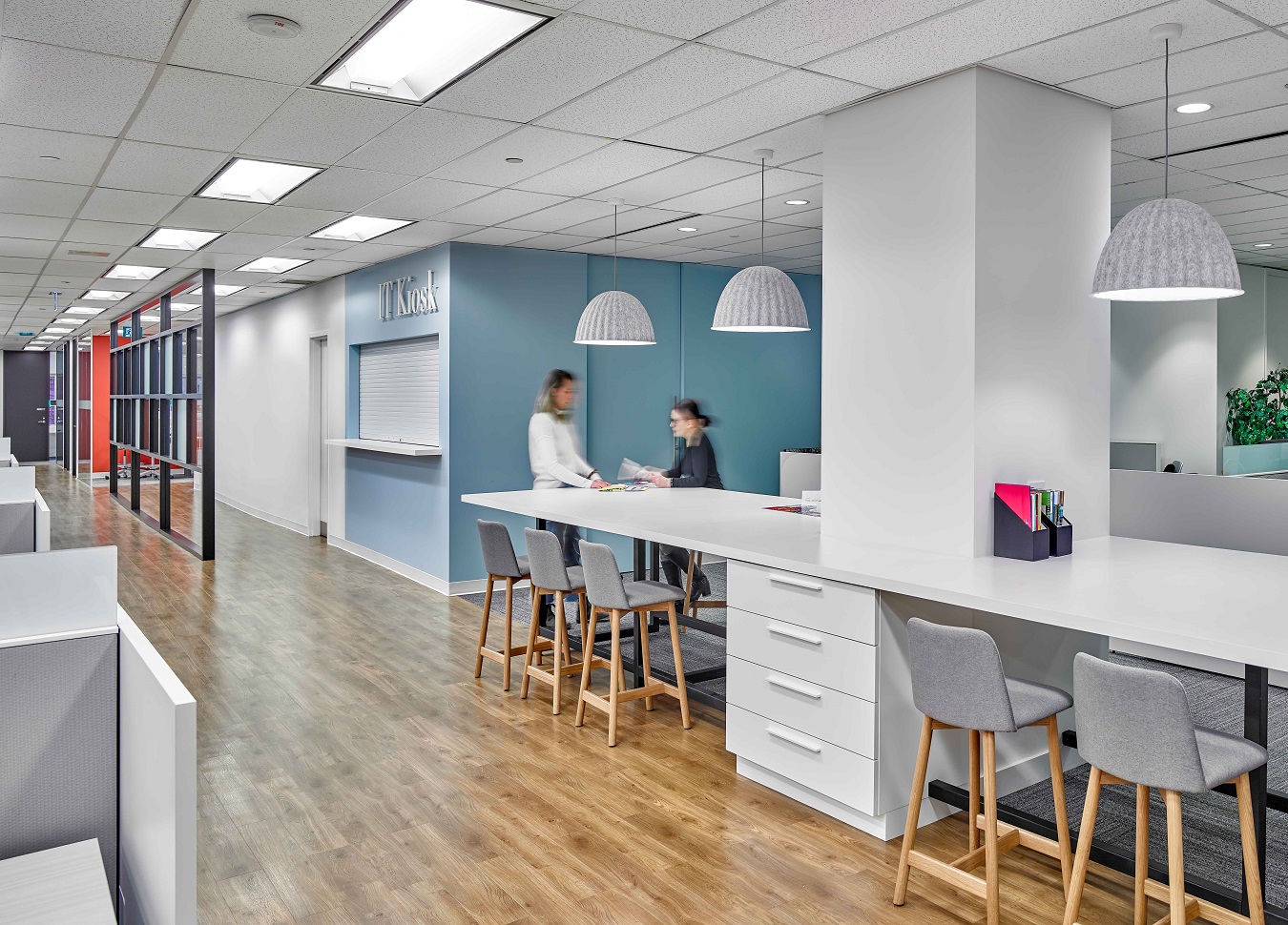
To be destination worthy, the workplace must be a physical location that creates opportunities to build community through a variety of experiences that adapt and learn from the people using it. Spaces will be intelligent, fluid, and adaptive to support the needs of collaborative and heads-down work. Today, knowledge workers have more choices and can connect remotely anywhere part-time or full-time, depending on the work style of the organization. How this will work for your office will vary depending on several factors.
This shift has brought organizational leaders, industry experts, and designers together to reimagine the role of the office. A destination is generally considered a place that people will make a special trip to visit. It has a purpose and is a place that is worth the trip. Having a dedicated address that inspires people connects them with others, and gives them a space to get on with their work can give staff a sense of structure and routine.
Workplaces will continue to be the important central place your community will gather, connect, produce, and create. Whatever it is, the time and effort to plan your journey to creating a destination office will be worth the research and effort.
References:
NBER Working Paper Series, How Many Jobs Can be Done at Home? By Jonathan I. Dingel and Brent Neiman
News Release, Bureau of Labor Statistics, American Time Use Survey – 2021 Results
Statistics Canada, Working from home in Canada: What we have learned so far? By Tahsin Mehdi
